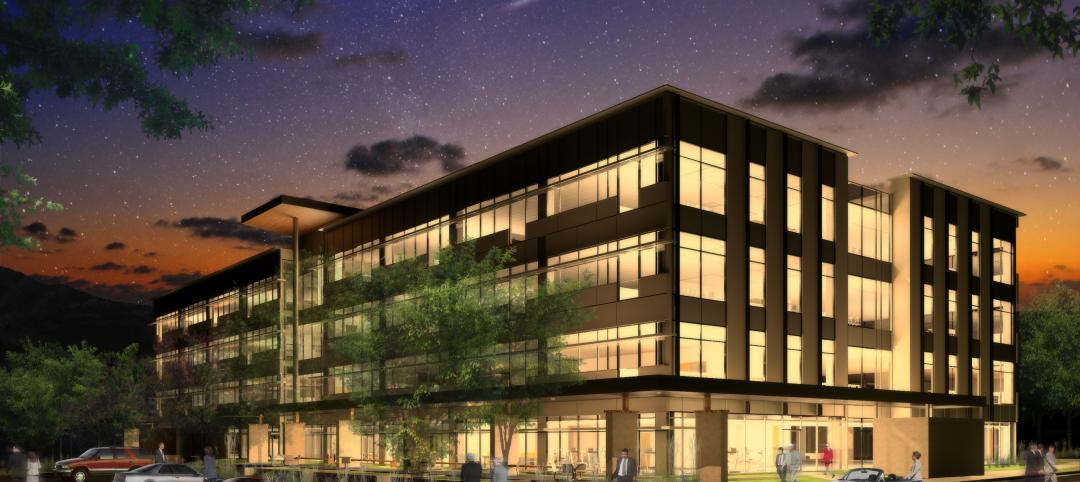NIMBYism is the biggest multifamily construction barrier, according to a National Apartment Association report on apartment construction barriers.
A survey of government entities, as well as private developers and owners, found that most respondents say that citizen opposition to growth (NIMBYism) is a key factor in restricting residential development. Rising land and labor costs are also inhibiting the production of affordable housing, the survey found, with 78% of respondents indicating that construction costs including labor, hard and soft costs have increased by more than 11% in the past five years.
The report covers 58 metro markets including a detailed review of 29 major markets. The study’s index ranked each market according to factors such as community involvement (or NIMBYism), construction costs, affordable housing requirements, infrastructure, density and growth restrictions, land supply, environmental restrictions, process complexity, political complexity, and development time.
Albuquerque was the city with the fewest barriers to apartment construction, while Philadelphia has the most, based on the responses. According to the NAA, the U.S. needs 4.6 million apartments at all price points by the year 2030 to keep up with current demand.
Related Stories
| Jan 16, 2014
The incandescent light bulb is not dead
Despite misleading media reports, January 1 did not mark a ban on the manufacture or import of 60-watt and 40-watt incandescent bulbs.
| Jan 16, 2014
ASHRAE revised climatic data for building design standards
ASHRAE Standard 169, Climatic Data for Building Design Standards, now includes climatic data for 5,564 locations throughout the world.
| Jan 15, 2014
ConsensusDocs releases updated subcontract for federal work
The new version addresses recent changes in federal contracting.
| Jan 15, 2014
First quarter 2014 LEED rating system addenda now available
There are 71 new LEED Interpretations, including 65 for Homes and Multifamily Midrise.
| Jan 10, 2014
What the states should do to prevent more school shootings
To tell the truth, I didn’t want to write about the terrible events of December 14, 2012, when 20 children and six adults were gunned down at Sandy Hook Elementary School in Newtown, Conn. I figured other media would provide ample coverage, and anything we did would look cheap or inappropriate. But two things turned me around.
| Jan 8, 2014
Strengthened sprinkler rules could aid push for mid-rise wood structures in Canada
Strengthened sprinkler regulations proposed for the 2015 National Building Code of Canada (NBCC) could help a movement to allow midrise wood structures.
| Jan 8, 2014
New materials should help boost sustainability in cities by 2020
Newer developments include windows made with nano-crystals that control intense heat penetration while lighting living areas from the outside.
| Jan 8, 2014
Architect sentenced to a year in jail for firefighter's death
Architect Gerhard Becker was sentenced to a year in LA county jail after pleading no contest to the manslaughter of a firefighter who died while trying to contain a fire in a home the architect had designed for himself.
| Jan 8, 2014
United Association, NRDC seek major plumbing code changes
Proposed changes include mandating the insulation of hot water piping in new buildings.
| Jan 2, 2014
EPA move to assert oversight on small bodies of water among top regulatory battles for 2014
The EPA has started the process of declaring that it has the power to regulate streams, brooks, and small ponds.
















